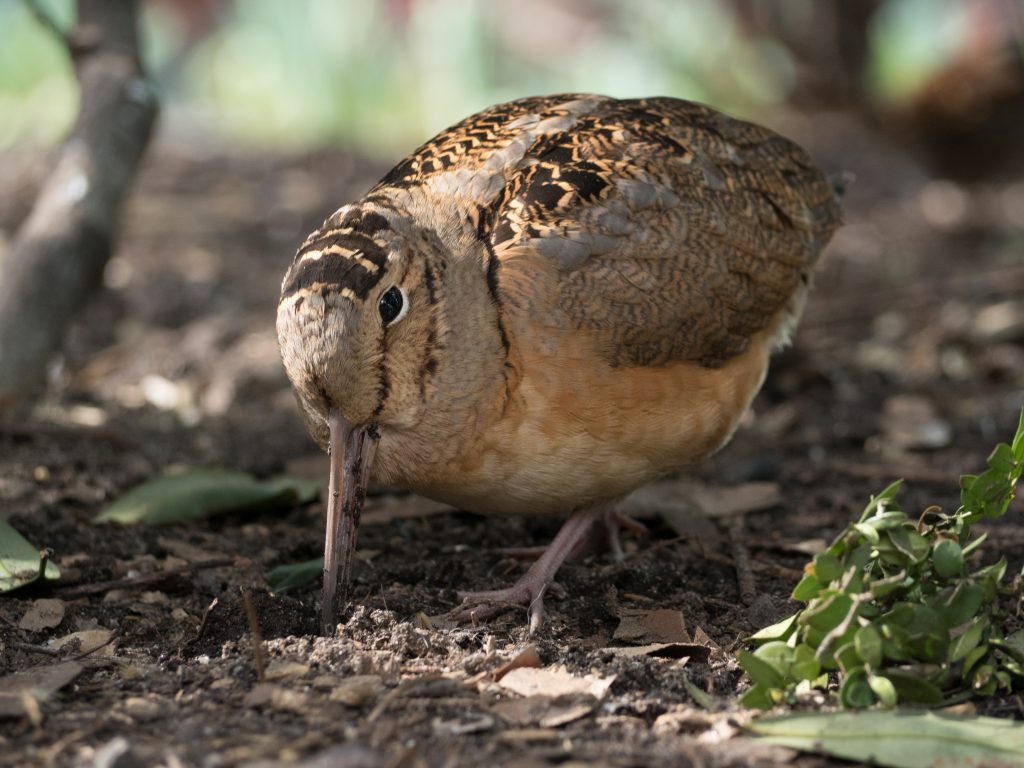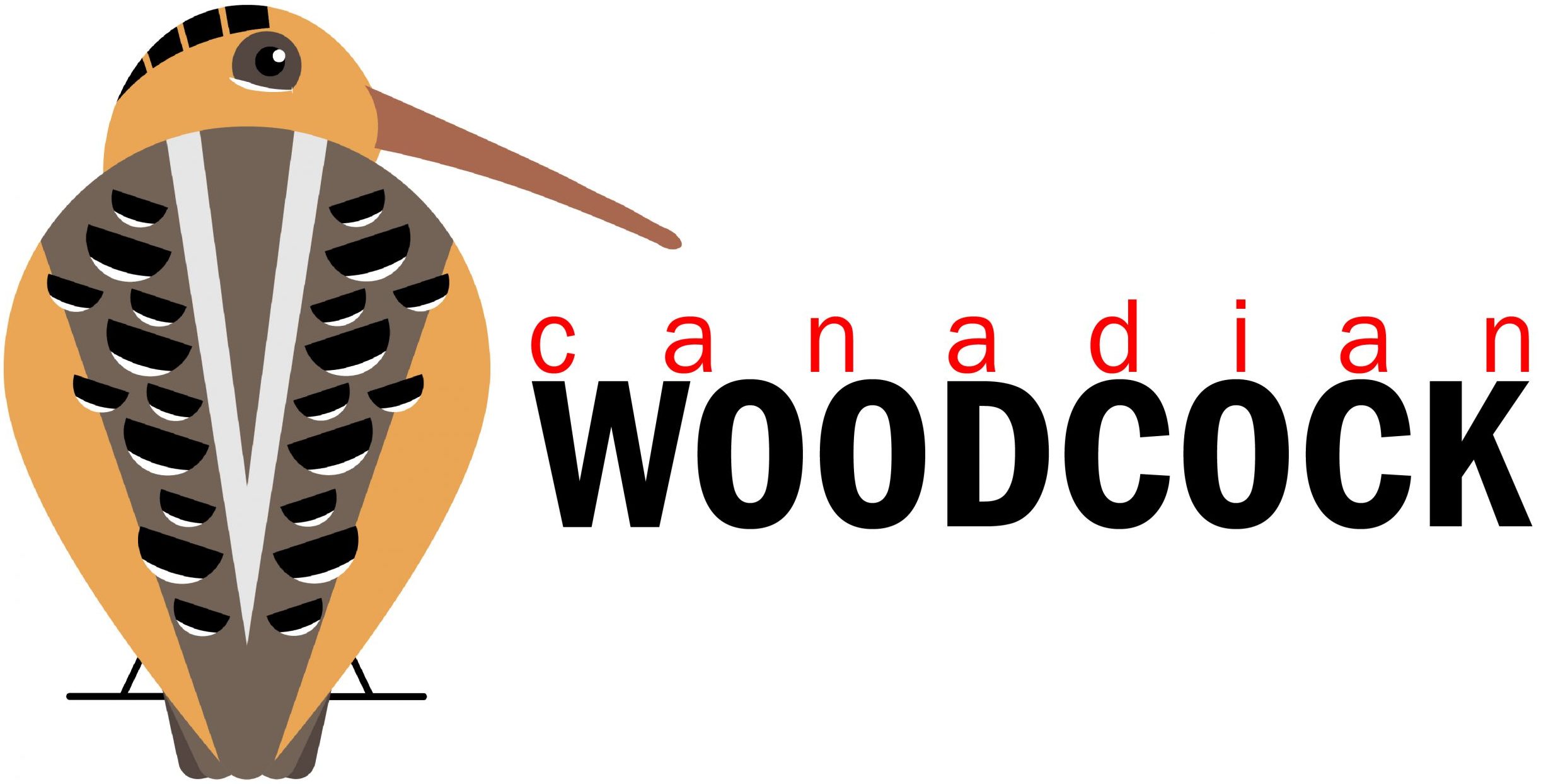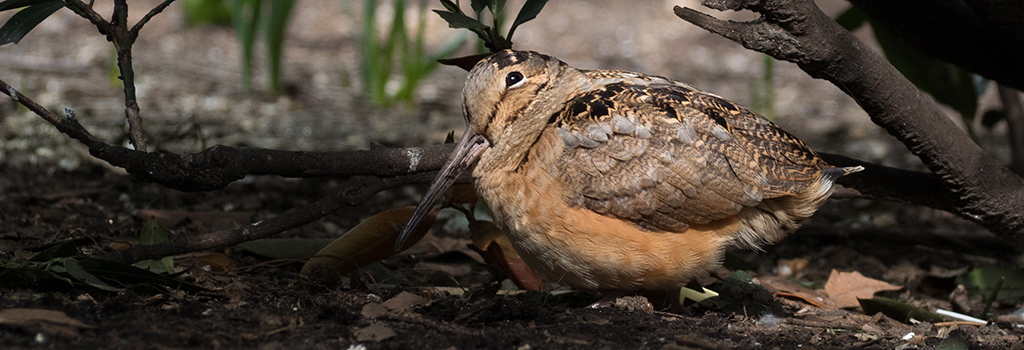Well friends…
It goes without saying that 2020 has been an interesting year, with a perhaps unprecedented abundance of both time to think and things to think about in perfect tandem. It’s been odd to watch the things I usually stress about fade into the background, replaced at least equally by new and fascinating concerns. It’s also been a great reminder about the ways in which I am fortunate, and a sometimes-challenging lesson in focusing on the things I can control and those that make me happy.
To wit (yes I said to wit) I am writing. I have my reasons, of course, but I suspect they’re boring and a little cliché. Nevertheless, here we are.
Regular viewers will perhaps be aware that this ain’t exactly my first rodeo in the blogging arena. Yes, way back in 2017 I founded and solely operated the immensely popular internet sensation OneWordBirds.com. Amassing a staggering following of (hang on, I’m checking) 34 people on Twitter, there was hardly a corner of the internet it did not penetrate. Yes I said penetrate.

And yet, there were problems. While the subject matter was undeniably gold, it created a sort of limited scope. With only 143 birds in the world with one-word names (only some of which I’d heard of, and only some some of which which are particularly interesting) I found myself in short order struggling for new ideas. I was doomed to crash and burn from the beginning.
It is with this lesson hard-learned that I unveil a new project: CanadianWoodcock.com. Here I intend to pontificate on whatsoever strikes my fancy. Mostly birds. Sometimes words. Occasionally maybe a snake, or a frog or something. The natural world is my oyster, and I shall dine at the raw bar.
Now I am aware that some of you out there may be wondering about the name. Perhaps you think it’s a bit odd, or cumbersome, or stupid. That’s fine. The simple fact is that the name came to me as a genuine epiphany, as I lay in bed one night well on my way to sleep. Sometimes when the universe talks, you just gotta listen.
I do feel some obligation at this point to explain to any non-birders who may be reading that the woodcock is in fact a bird, and not just some crude allusion to male genitalia. The bird’s proper name is American Woodcock, and I think you can see what I did there. It also possesses a number of nicknames (which also sound like allusions to genitalia) including timberdoodle, bogsucker, hokumpoke and Labrador twister. I considered Canadian Bogsucker for the blog name but I’m not sure the world is ready for it.

Not only is the woodcock a bird, it is a particularly excellent one. Among its many spectacular qualities – physical beauty perhaps chief – are the paired distinctions of having both is eyes on backwards and its brain in upside-down. I am aware that some explanation is required.
It turns out that the timberdoodle is delicious, and although it has excellent camouflage to hide from scary things it must always be on the lookout. Hunting animals are generally clever and as such often try to approach their prey from behind, where they may remain unseen. To counter this, many tasty animals have eyes positioned towards the sides of their heads, maximizing peripheral vision and accordingly the chances of detecting incoming teeth.
The hokumpoke takes this adaptation to a new level, as its eyes are so far to the side they are closer to the back of its head than to the front. This gives the bird a true 360° field of view, with binocular vision (and thus depth perception) both in front and behind. This allows it to probe for worms with its long bill while remaining ever watchful for danger. Incidentally due to its unusual eye arrangement it may not actually be able to see its own bill, so it must hunt by feel. It’s a bit like using your lips to grope your neighbour’s lap for stray popcorn in a darkened movie theatre while still watching the movie.
The problem with your eyes being in the back of your head is that they take up a lot of space back there, and this has required a little rearrangement on the inside of the old noggin. The cerebellum – the part of the brain responsible for coordination and balance – is usually located on the top of the back of a bird’s thinker. In the bogsucker’s brain, it has shuffled on down to the bottom where there’s plenty of free real estate. While upside-down this brain mostly works, and it allows the bird to both eat worms and sit very still which is like 90% of what a woodcock does.
The remaining 10% of the woodcock’s daybook is filled in with either migration or mating, and the latter is preceded by an elaborate dance for which this bird is both known and appreciated. To woo potential mates a male woodcock first selects an appropriate stage (aka a patch of dirt) and struts proudly across it. As he does this he advertises his presence by peenting his little heart out (“PEENT!”). Then, with no announcement or warning, he launches himself high into the air and begins to spiral earthward (hence Labrador twister) while twittering like a maniac. He then lands, resets, and repeats.
I could go on, but I think at this point it’s pretty clear that the woodcock is a bird well-worthy of being the namesake for this humble blog. It is unique, handsome, quirky, delicious, and much beloved. It is everything I aspire to be.
Also its name sounds like a penis.
Bonus gift for making it this far:
Images:
Lammergeier: By Richard Bartz, Munich aka Makro Freak – Own work, CC BY-SA 2.5, https://commons.wikimedia.org/w/index.php?curid=2888480
American Woodcock x2: By Rhododendrites – Own work, CC BY-SA 4.0, https://commons.wikimedia.org/w/index.php?curid=77513205


One reply on “An Introduction…Obviously”
This absolutely made my day, chief. Beautifully written.